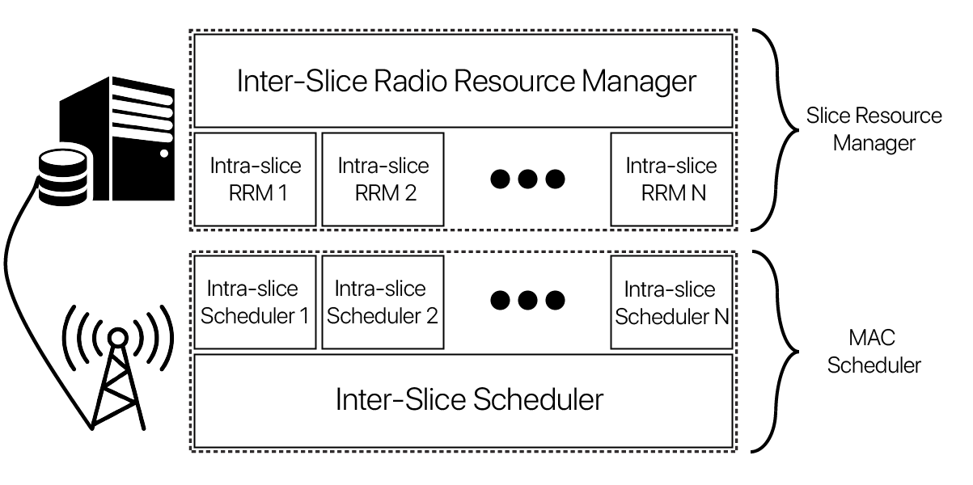Network Slicing: DeSlice and xStream
According to ITU-R recommendations, 5G systems shall support a wide range of use scenarios and serve the traffic of various applications with substantially different Quality of Service (QoS) and Quality of Experience (QoE) requirements. Having such a mix of user demands and traffic patterns, modern networks have faced a challenge on how to serve different types of traffic simultaneously to satisfy the end-users. To achieve it, the network operators are forced to bring the computational and network resources closer to the end-users, which requires large capital investments. In order to reduce the costs of infrastructure construction and maintenance, operators are expected to share it more intensively. The concept of network slicing was introduced for 5G networks to enable efficient sharing and heterogeneous QoS provisioning. Network slicing is basically the network virtualization. It implies multiple independent virtual networks to be organized on top of a single physical network. Thanks to recent advances in Software-Defined Networking (SDN) and Network Function Virtualization (NFV) technologies, numerous network functions previously performed by expensive proprietary hardware are being implemented in software that can be executed on commodity general-purpose servers. Even network, resources such as wired links, wireless channels, and antennae are virtualized and decoupled from the corresponding physical ones. This technology brings unprecedented agility and scalability to the next generation of networks at a price of novel challenging requirements on network Management and Orchestration (MANO).
WNL team studies the Radio Access Network (RAN) slicing problem. This part of the orchestration framework is especially important due to the combination of stochastic network traffic and the stochastic evolution of the state of wireless channels. To account for these effects and utilize resources efficiently, WNL members have to solve large-scale multi-criteria optimization problem in real time. For the aforementioned purposes, WNL has developed a novel architecture of the RAN slicing framework called DeSlice.

The developed DeSlice architecture allows splitting the initial optimization problem into a number of much simpler problems and still find close to the optimal solution for the initial problem. At the same time, the architecture leaves a certain degree of freedom to the slice owners. In addition to assigning semi-static priorities to their clients, they can define a scheduling policy and dynamically choose the resources allocated for each client.
To further improve QoE for the end-users, it would be fruitful to provide an interface for communication between applications and the network. The WNL team has developed a novel protocol for it. The protocol is called xStream and provides a flexible and easily expandable platform to implement application-network communication.

WNL lab scientific results have shown, that because the modern application and transport layer protocols consider the network as a black box, they often utilize the network resources very inefficiently. WNL Lab research has shown, how the implementation of such cross-layer communication protocol as xStream allows the network to provide more efficient service to different traffic types and improve QoE for the end-users.
The paper with the description of the xStream protocol was presented at IEEE Globecom 2018 Workshop on Cloudified Architectures for 5G and Beyond Systems (I. F. Akyildiz et al., “xStream: A New Platform Enabling Communication Between Applications and the 5G Network,” 2018 IEEE Globecom Workshops (GC Wkshps), Abu Dhabi, United Arab Emirates, 2018, pp. 1-6.) and the paper on DeSlice architecture is submitted to Sensors.
To request the code of the simulation for DeSlice, please fill the form below.
